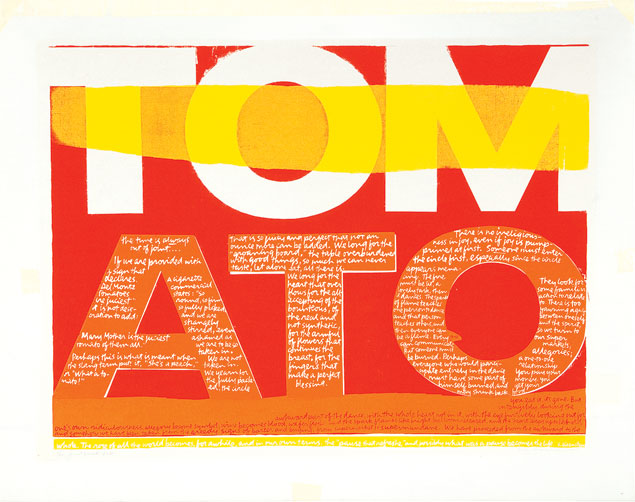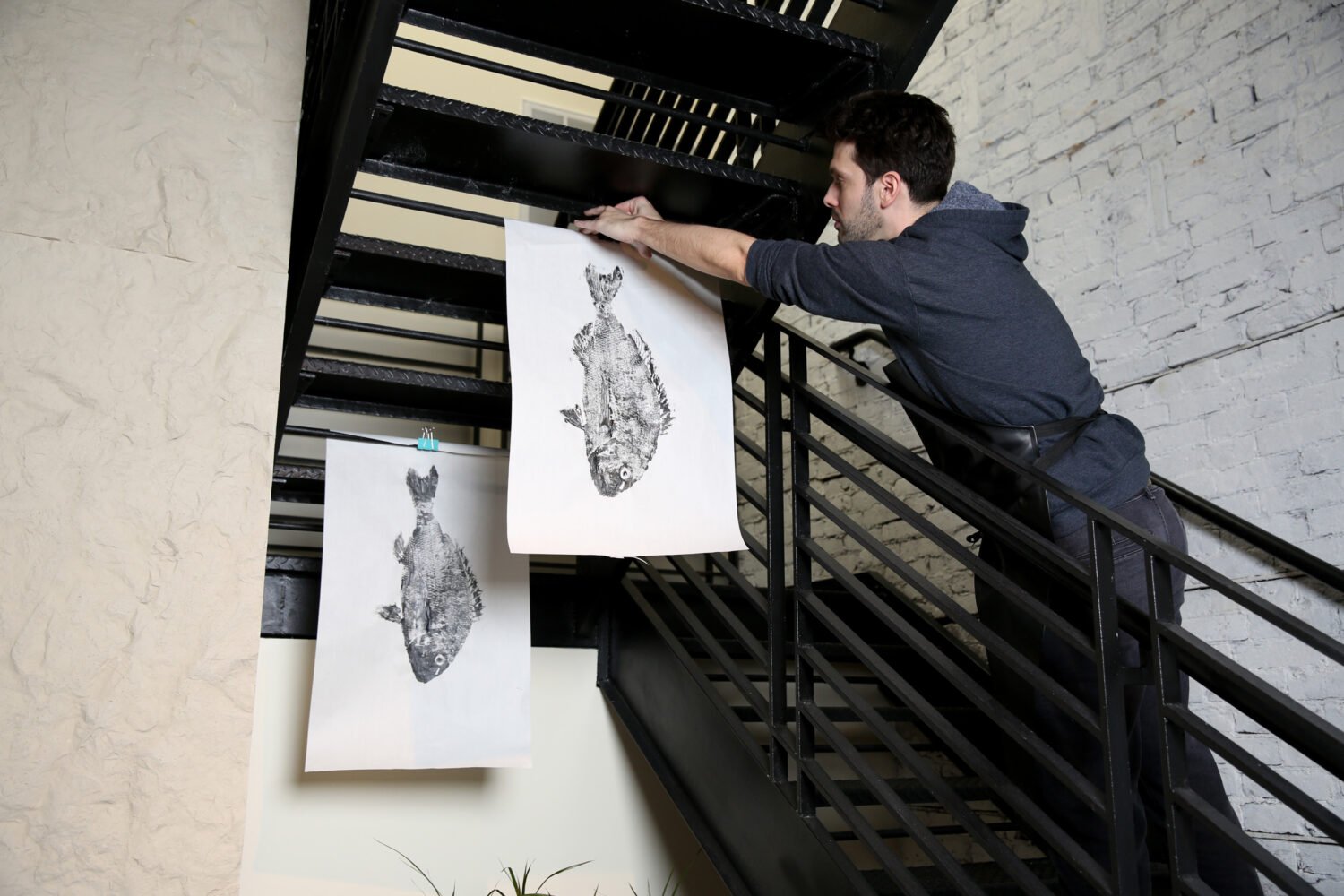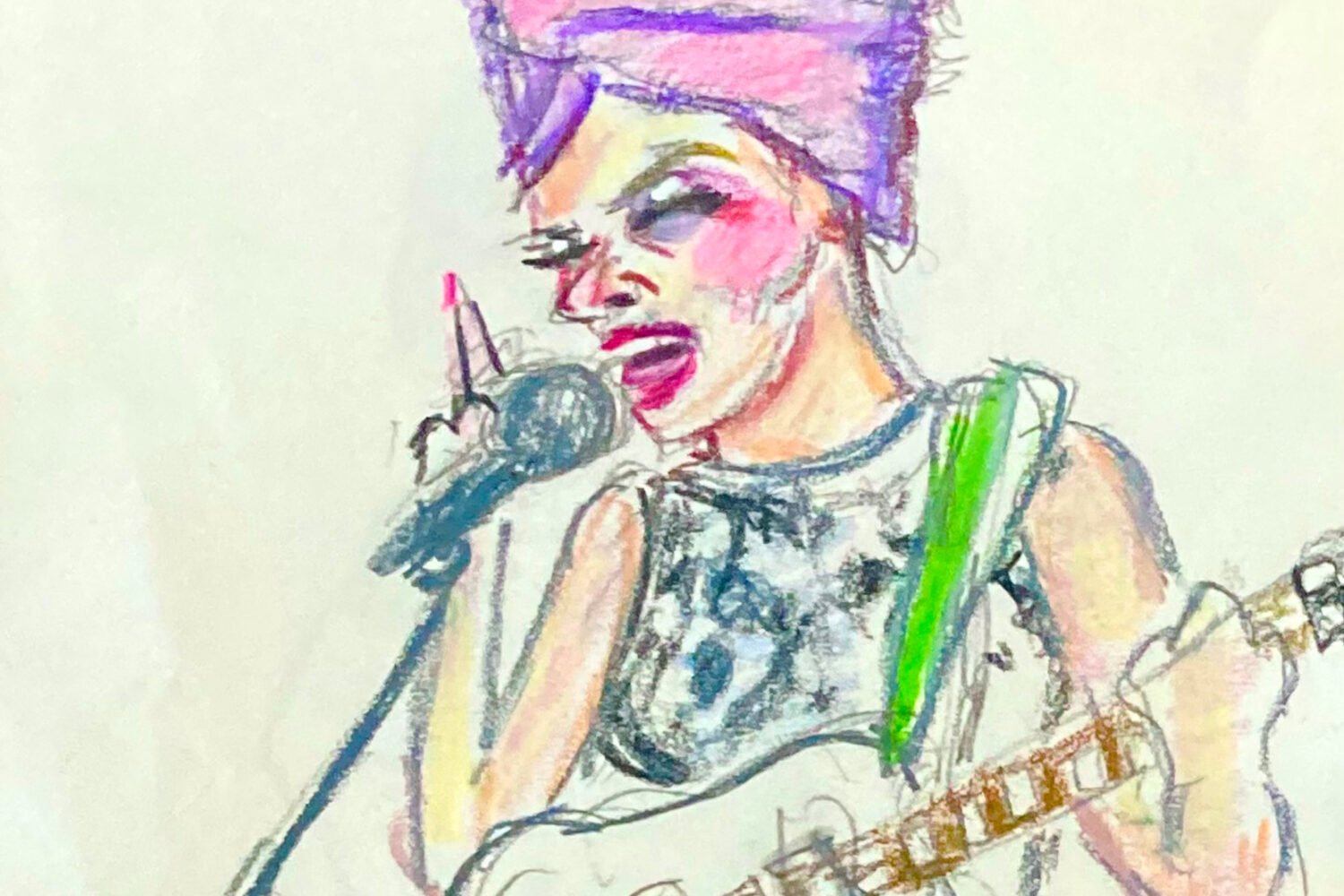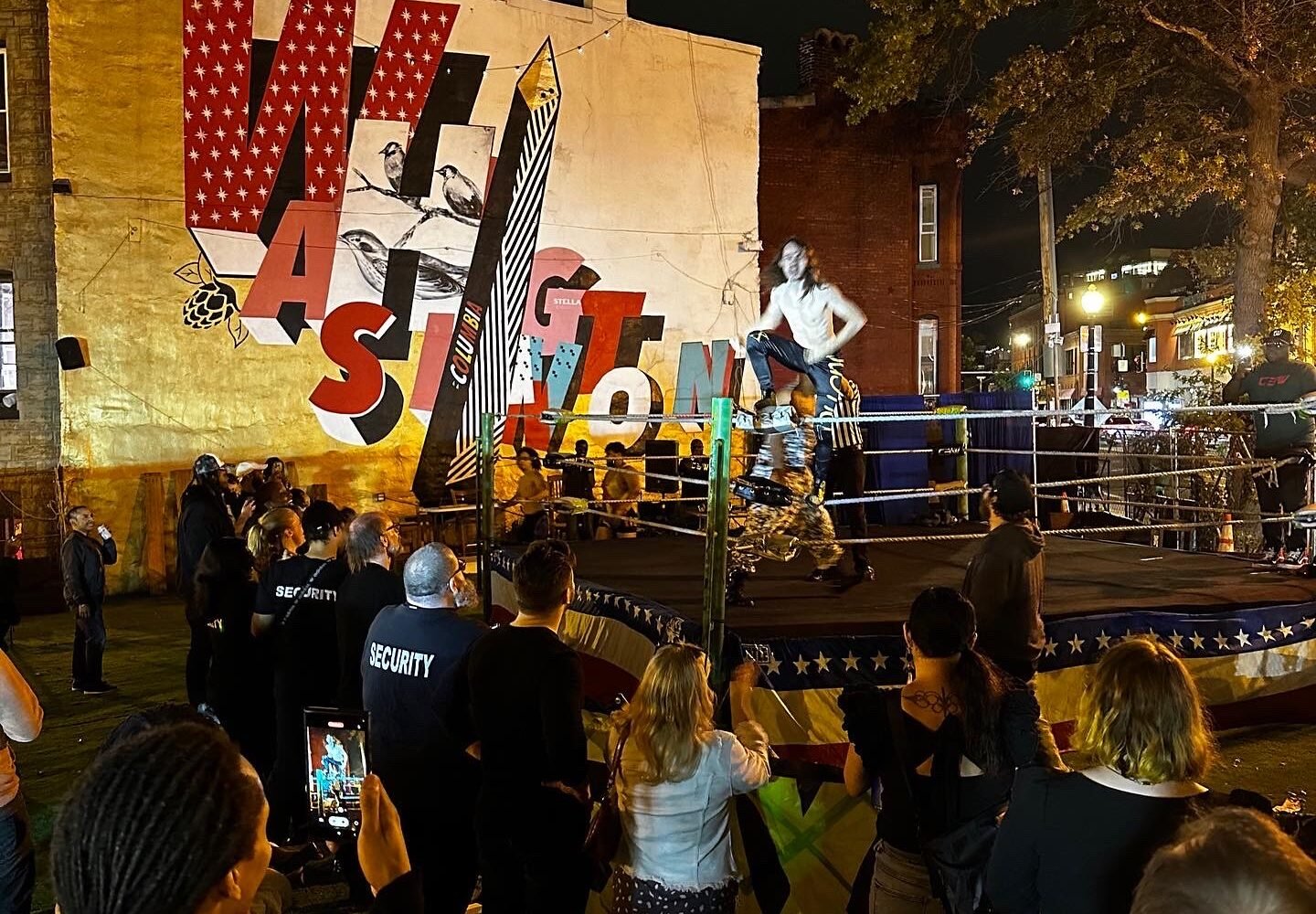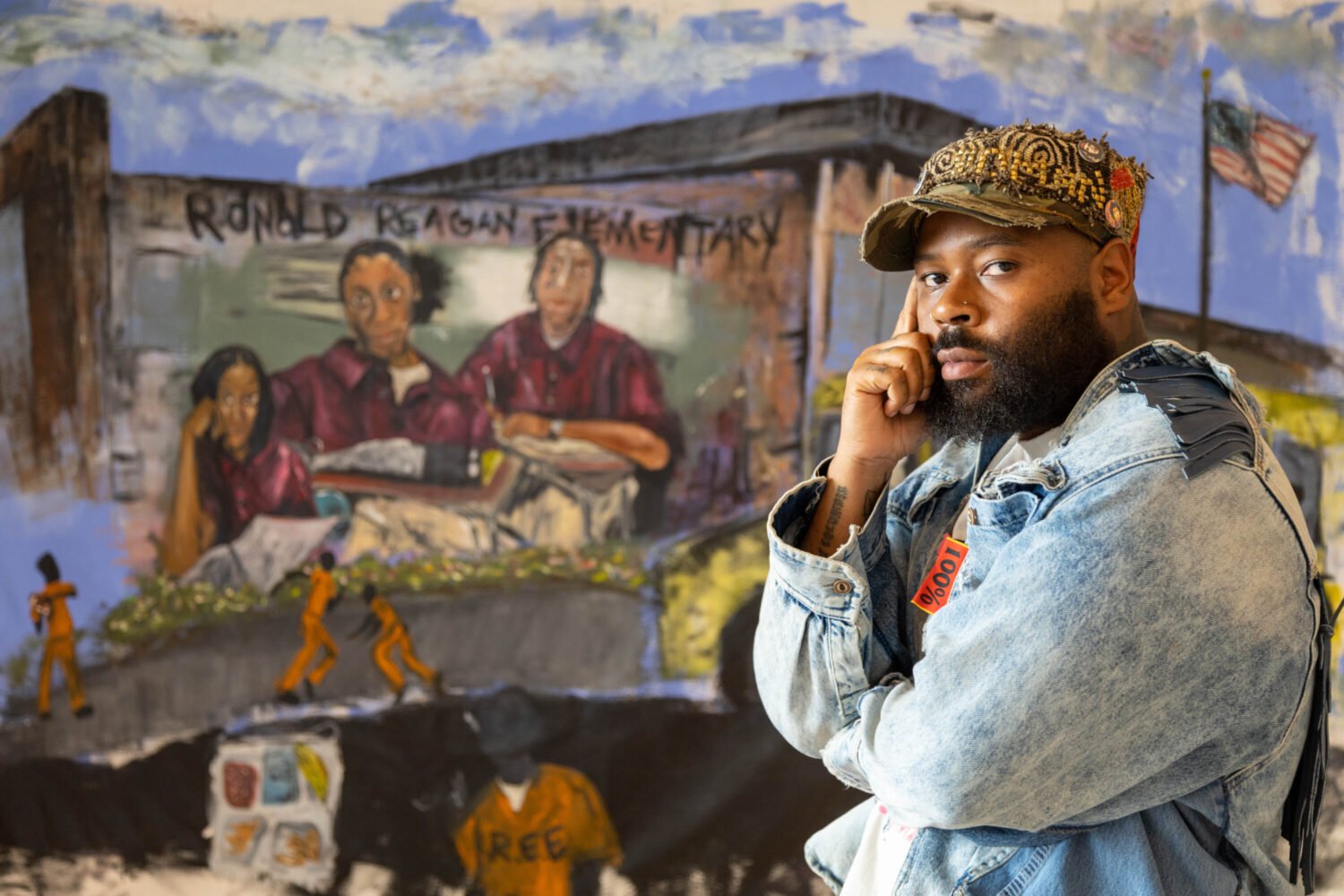Sister Mary Corita, a nun who worked out of the Immaculate Heart of Mary convent in Los Angeles in the 1960s, was one of pop art’s most unusual practitioners. Sister Corita–known later in life as Corita Kent–is the focus of an exhibit at the National Museum of Women in the Arts. “R(ad)ical Love: Sister Mary Corita” features 62 prints representing the artist’s favorite themes of love and peace. “We have this stereotypical notion of what Southern California was like in the ’60s, and her work bears that out,” says curator Kathryn Wat. “It’s very vibrant, with intense color and bold lettering, and has this edgy pop-art quality to it, but the content is so beautiful and moving. She quotes from poems and the Bible and spiritual writers but also uses lyrics from the Beatles and Jefferson Airplane.”
Kent earned a BA in art at Immaculate Heart College, where she later taught, and an MA in art history at USC. “Her religious order was extraordinary,” says Wat. “She wasn’t the only artist. Immaculate Heart College’s art department was known for its forward-thinking teaching style and works that were avant garde for their time.” Kent left the order in 1968 and died in 1986. “A friend wrote about coming upon her in her little cinder-block studio on campus, working at her serigraphs in full [nun’s] habit,” Wat says. “She was pulling the squeegee across these giant silkscreens, ink flying everywhere, producing work after work.”
This article appears in the April 2012 issue of The Washingtonian.

